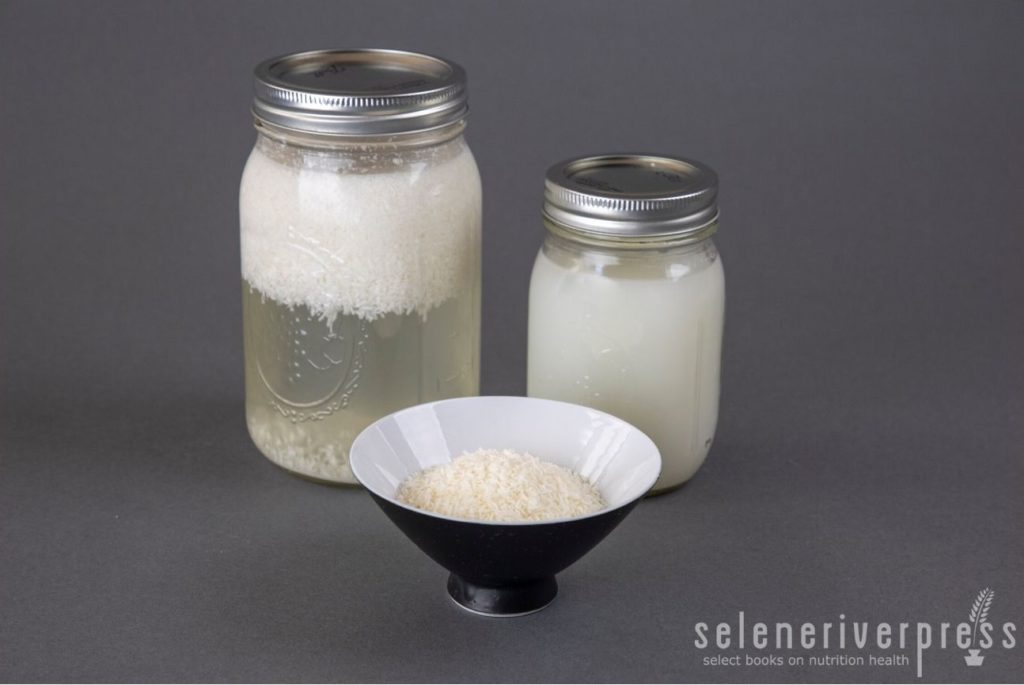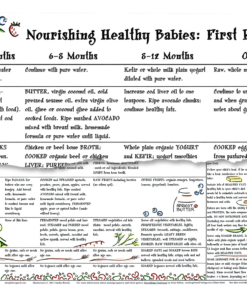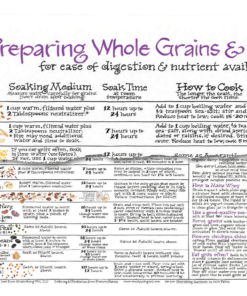Coconut. Coconut milk. Coconut cream. Coconut oil. Coconut butter. These can all be great alternatives to dairy, providing healthy saturated fats and immune-boosting lauric and caprylic acids. They are all okay on the GAPS diet, as long as they do not have any fillers such as xanthan gum or guar gum.
But coconut flour? Not okay. Well, at least the commercial variety. The kind of coconut flour you purchase at the grocery store is not GAPS legal. Crazy, right? You might think all coconut flour was GAPS compliant based on the sheer number of times you will see “coconut flour” pop up in a quick online search for GAPS recipes. Nope.
You can make your own, however, and I’ll tell you how. But first, there are three reasons why you should steer clear of it.
Commercial coconut flour is problematic on the GAPS diet because:
- It is too high in fiber.
- It is high in starch.
- It is highly processed.
These are all red flags for GAPSters. Coconut flour is very fibrous—the package even says “high fiber” on the label. The problem with that is that fiber can continue to damage your already damaged small intestine. I like to use the image of sandpaper on an open wound to make this point. Fiber feeds both pathogenic and opportunistic bacteria and other microbes. Starch (think sugar) is also limited on GAPS because it feeds the same.
Finally, commercial coconut flour is a processed food. As we all know, the more processed a food is, the more devoid of nutrients it is. When you are on a healing journey, it is very important to eat nutrient-rich foods—and the GAPS nutritional protocol is no exception. Highly processed coconut flour will not provide the nutrients you need. It’s fodder for pathogens, that’s what it is!
If you would still like to use coconut flour in recipes, make your own. This is easy to do, and as I explain below, you can consider it a next step when you make your own coconut milk (from a coconut, organic coconut flakes, or shredded coconut).
A note about homemade coconut flour: Keep in mind that although it is beneficial to make your own coconut flour, it will not act the same as commercial coconut flour in recipes. It can’t. Because homemade coconut flour is silky and moist, your recipes will require less liquid and more flour. Be sure to pack down your homemade coconut flour in whatever dry measuring cup you are using, and then add more. Experiment with your favorite recipes, and take notes of your adjustments.
Homemade Coconut Flour (Two Ways)
Making your own homemade coconut flour is so easy that you will soon wonder why anyone would purchase the processed commercial variety. The easiest method is to simply pulse shredded, unsweetened organic coconut in your food processor. But if you enjoy making your own coconut milk, you can also make coconut flour with the remaining pulp. Whether you use shredded coconut or pulp, the technique is the same for both.
Ingredients
2 cups shredded, unsweetened organic coconut
or
Pulp from making homemade coconut milk (recipe below)
Instructions
- Place shredded coconut or coconut pulp in your food processor 1 cup at a time. Pulse to the consistency of flour.
- Use immediately or store in an airtight, glass container in a cool, dark place.
Easy Homemade Coconut Milk
Remember, reserve the pulp to make your own coconut flour following the technique above!
Ingredients
1 cup organic, unsweetened, shredded coconut
1 cup water
Instructions
- Place shredded coconut and water in a saucepan. Stir to combine. Bring to a boil. Remove from heat and cool.
- Pour into a blender and blend thoroughly. Strain through a nut bag, cheesecloth, or a linen napkin or towel. Reserve pulp to make your own coconut flour.
To learn more about coconut and its role in the GAPS diet—and even more methods for making your own coconut flour that I have not covered here, see “What About Coconut?” in my book The Complete Cooking Techniques for the GAPS Diet, available from Selene River Press.
Image from Monica Corrado.





